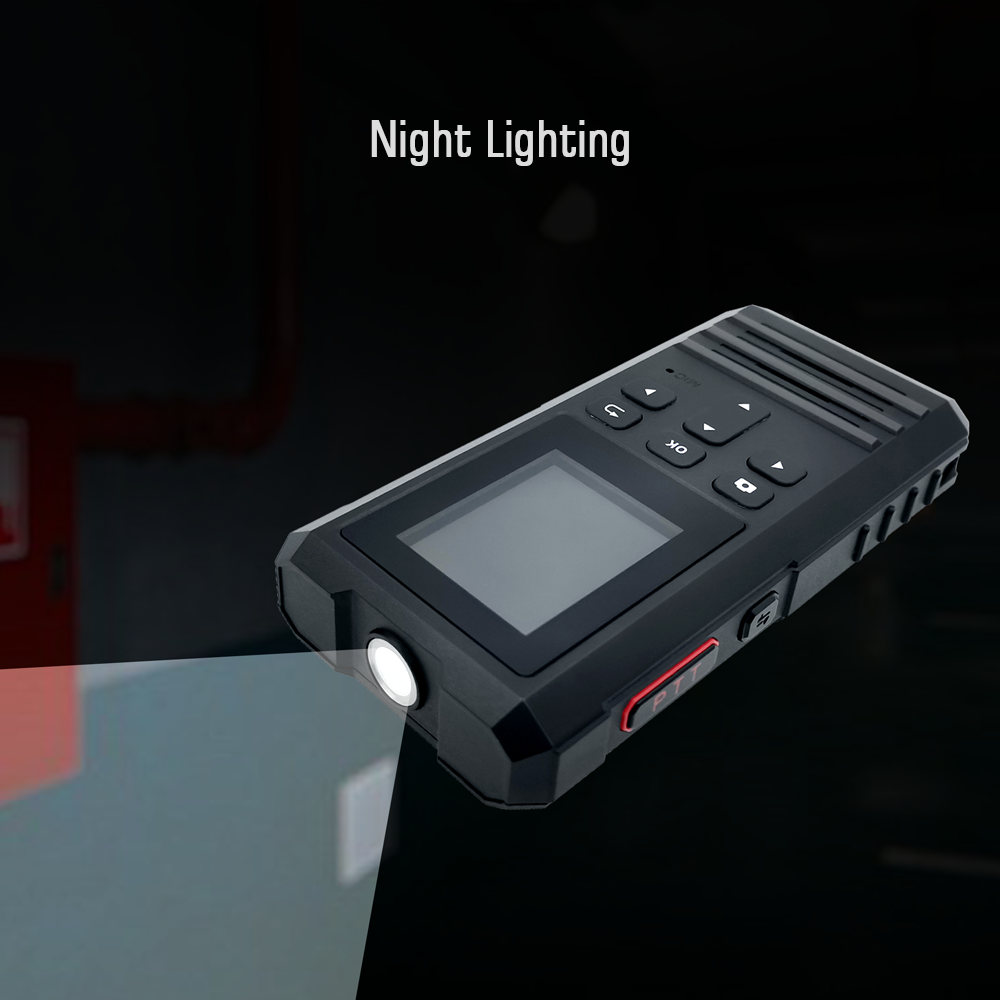

One of the most immediate benefits managers gain from security patrol systems is increased oversight of guard performance. By digitally capturing patrol timestamps, checkpoint scans, and incident reports, the system creates an immutable record of every activity. Managers can review individual guard routes to verify that guards completed all checkpoints as planned and identify whether they skipped or rushed any areas. Analytics dashboards provide metrics such as on-time completion rate, average dwell time at each checkpoint, and deviation alerts.
With these security performance analytics, supervisors can identify training needs or recognize high-performing employees who exceed compliance benchmarks. Managers no longer rely on subjective self-reporting; they can reference objective data when conducting performance reviews or implementing incentive programs.

In the traditional patrol model, incident reports are often submitted in isolation, making it difficult for managers to discover long-standing patterns. Modern security patrol systems aggregate incident data into a centralized database. Advanced analytical tools can mine this data for trends, highlighting hot spots and recurring problem areas.
For example, a retailer may find that burglaries near a specific exit spike after closing on Fridays, prompting targeted patrols or enhanced lighting. In industrial facilities, data may show that certain equipment failures are related to insufficient after-hours inspections. By leveraging the security patrol system's incident trend analysis, managers can strategically allocate resources, adjust patrol frequency, and implement environmental changes before incidents occur to reduce risks.
Balancing staffing budgets with security needs has always been a constant challenge for security managers. Security patrol system analytical data clearly shows how many officers each location needs and when, enabling managers to utilize resources efficiently. Heat maps of patrol frequency and incident density can help managers reallocate officers from low-risk areas to high-risk areas.
For example, a university campus may find that certain dormitory hallways require peak patrols between 10 pm and 2 am on weekends, while administrative buildings need to minimize nighttime duty. Using resource optimization analytics, managers can create dynamic shift schedules that match staffing levels to actual needs, thereby reducing overtime costs and minimizing over- and under-staffing.

Many industries (healthcare, finance, manufacturing) follow strict regulatory frameworks that require documented proof of security measures and due diligence. In addition, modern security patrol systems simplify this requirement by automatically generating compliance reports detailing patrol logs, incident responses, and system health checks. Managers can export time-stamped evidence in a standard format for use by auditors, insurers, or certification bodies.
For example, a healthcare organization subject to HIPAA regulations can generate detailed logs showing monitoring of patient record storage areas. A pharmaceutical plant can demonstrate compliance with GMP standards by documenting regular inspections of controlled access areas. Compliance reporting analytics for security patrol systems can save managers a lot of time in manual data collation and reduce audit-related stress.
In crisis situations, every second counts. Modern security patrol systems combine real-time analytics with automated alert mechanisms that sound an alarm when unusual events occur. Managers gain instant insight into situations and can dispatch backup resources immediately. Historical response time metrics allow managers to analyze past emergencies and identify bottlenecks in communications or dispatch protocols. At the same time, by studying emergency response analytics, security leaders can improve standard operating procedures, equip security personnel with optimized mobile workflows, and ensure that critical incidents are handled quickly.
In an age where data is king, modern security patrol systems offer much more than a digital checklist—they provide comprehensive analytics that inform every aspect of security management. From improving security performance and preventing incidents to demonstrating compliance, optimizing resources, and predicting future risks, analytics enable managers to make evidence-based decisions.